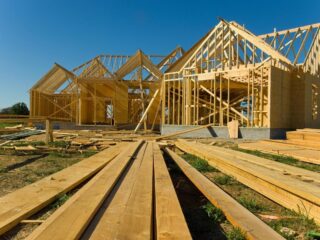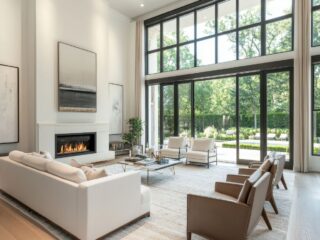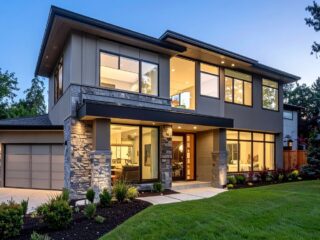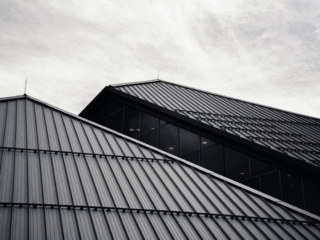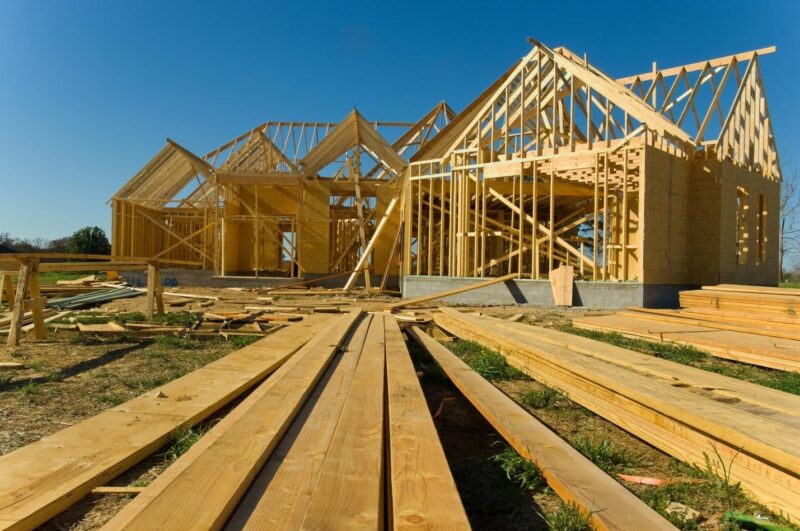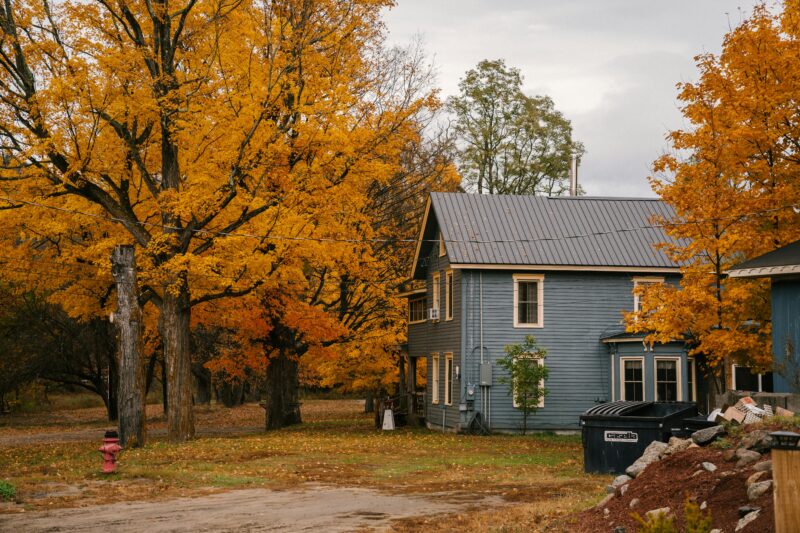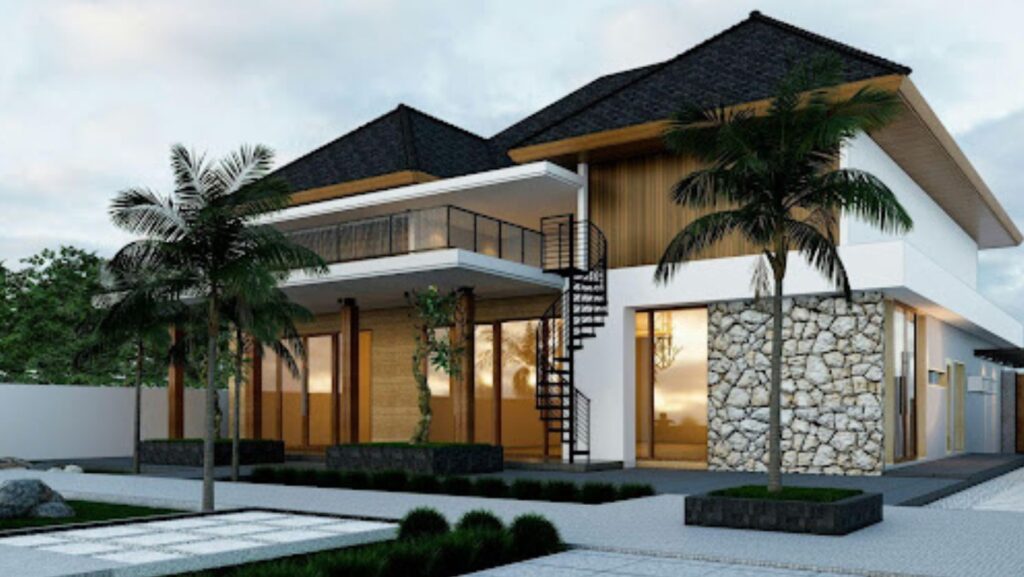
The luxury real estate market is undergoing a fundamental transformation, moving beyond mere size to prioritize intelligent design, wellness, and self-sufficiency. Today’s discerning buyers look for residences that are functional, technologically advanced, and environmentally responsible. These emerging architectural trends dictate market value and set the new standard for opulence worldwide.
This modern evolution requires architects to seamlessly blend aesthetics with complex systems. The demand for innovation is particularly strong in competitive markets, dramatically influencing price points and desirability.
This change is particularly pronounced in the competitive Los Angeles luxury properties sector, where bespoke innovation is the new standard. Agencies, like The Valerie Fitzgerald Group, leverage this reality to expertly guide their clientele through evolving market expectations. Ultimately, the best designs transform a property from a house into a comprehensive, adaptive lifestyle ecosystem.
Wellness and the Biophilic Revolution
Contemporary luxury architecture centers on the well-being of its occupants, driven by the philosophy of biophilic design. This approach systematically integrates the natural world into the built environment to create serene and restorative spaces. The focus is not merely on embedding nature within the structure itself.
Architects now frequently employ grand floor-to-ceiling glass walls to maximize natural daylight and capture panoramic views. This strategic use of glass reduces the need for artificial lighting and creates a vital connection to the outdoors. Retractable glass walls and oversized doors intentionally blur the distinction between indoor and outdoor spaces, facilitating effortless transitions.
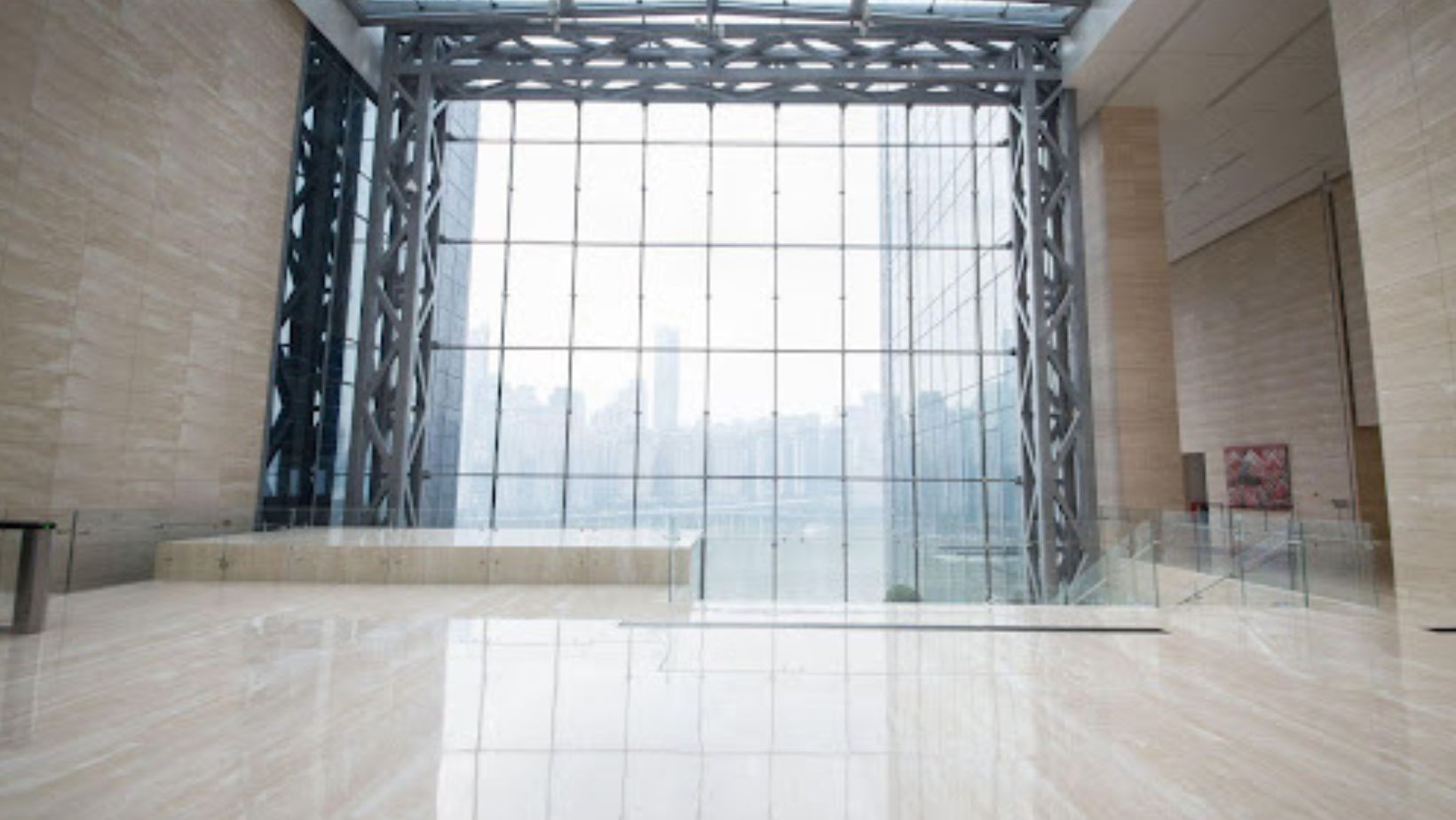
These seamless connections lead to custom-designed exterior environments, often featuring full gourmet outdoor kitchens and sophisticated fire features. Inside, the focus shifts to dedicated wellness amenities. Private thermal zones, including high-end infrared saunas, steam rooms, and dedicated hydrotherapy pools, are common. Cold plunges, once considered a niche feature, are now routinely integrated into spa-like master baths.
Health-focused systems are paramount. Circadian lighting is installed to align artificial illumination with the body’s natural sleep and mood cycles. Furthermore, advanced air and water purification systems are non-negotiable elements in ultra-luxury construction, ensuring a clean and healthy internal environment.
However, the significant cost and complexity involved in maintaining and upgrading these highly specialized, interdependent environmental systems pose a significant challenge for buyers.
The Era of Invisible Technology
In modern luxury homes, technology must be powerful yet entirely discreet. The expectation has moved beyond basic automation to anticipatory intelligence. High-end home systems use artificial intelligence (AI) to learn and automatically adapt lighting, climate, security, and entertainment based on the occupants’ specific routines and preferences.
The hallmark of this luxury technology is its invisibility. Designers prioritize architectural purity by concealing hardware. Features like flush-mounted keypads with custom finishes, pop-up counter outlets, and hidden audio-visual racks ensure that sophisticated systems operate without visual clutter. Smart mirrors and television screens vanish into their surroundings when turned off, maintaining the aesthetic of refined simplicity.
Advanced security is a fundamental component of the invisible tech suite. Properties feature state-of-the-art, AI-driven surveillance and biometric access controls, including facial recognition entry. This technology provides an unparalleled level of safety and assurance.
The challenge for homeowners is that the complexity of these interconnected systems often necessitates constant maintenance contracts and specialized technicians, leading to high ongoing operational expenses.
AI also plays a role in sustainability. Algorithms optimize energy use by monitoring occupancy and usage patterns and significantly improve efficiency without sacrificing comfort. Innovations like smart glass technology dynamically adjust opacity instantly, managing sunlight and ensuring privacy with a simple command.
The Role of Aesthetics and Materials in Design
The defining aesthetic trend is minimalist grandeur. This style favors clean lines, expansive open floor plans, and a sophisticated simplicity that emphasizes material quality over excessive ornamentation. Defined geometric shapes and a neutral color palette of whites, grays, and warm beiges characterize this approach.
Material selection is focused on performance, rarity, and provenance. Architects utilize Ultra-High Performance Concrete (UHPC) for striking exterior facades, allowing for durable, complex curved structures previously challenging to achieve. Innovative exterior options, such as treated Corten steel, provide a durable, earthy patina, while modern metal finishes allow for precise, controlled corrosion aesthetics.
On the interior, new material science is enabling flexibility. Flexible stone, made from thin, backed sheets of marble or slate, enables curved walls and complex shapes previously impossible with rigid slabs. Materials like translucent concrete and translucent wood are also emerging as avant-garde elements that play with light and structure.
Kitchens are designed as central social hubs, featuring oversized islands, bespoke cabinetry, and countertops made from rare marble or quartzite. High-end, commercial-grade appliances and fully equipped butler’s pantries (often serving as secondary prep kitchens) are standard.
The pain point here involves the maintenance because exotic, highly porous natural stone materials require specialized cleaning and care, which frequently frustrates owners accustomed to low-maintenance surfaces.
The Drive for Sustainability and Autonomy
Sustainability is a core component of elite construction and a key determinant of long-term value. New projects aim for net-zero or net-positive energy status, significantly reducing environmental impact. Integrated design and advanced systems help achieve this objective.
Advanced solar energy systems are integrated as sleek architectural panels or roof tiles that maintain the home’s aesthetic integrity. Geothermal heating and cooling systems provide highly efficient, subterranean climate control, reducing reliance on conventional HVAC.
The properties utilize eco-friendly building materials such as certified sustainable wood, recycled concrete, and low-VOC finishes. Passive design techniques, including strategic site orientation and superior insulation, naturally minimize the home’s energy consumption. Resiliency is also a key demand because properties must offer true autonomy.
This autonomy includes sophisticated greywater recycling systems for non-potable uses and large-scale battery storage integrated with solar power, allowing the home to operate independently of the municipal grid when required. Buyers face a key financial hurdle in the high initial cost of net-zero construction, but this investment yields significant returns through lower long-term utility bills and increased resale value.
Spatial Adaptability
Modern luxury architecture emphasizes highly adaptive and personalized spatial designs. Versatile spaces that can fluidly change purpose are replacing the concept of a fixed-function room. For instance, modern home offices frequently integrate hidden wall beds and modular furniture, enabling them to effortlessly transform into guest suites for optimal functionality.
Special-use rooms are critical in defining the luxury lifestyle. These dedicated spaces cater to unique hobbies and demands, often including professional-grade home theaters, dedicated music or art studios, expansive wine cellars with tasting rooms, and private libraries. The home’s layout is tailored to the occupant’s professional and leisure needs.
Architectural scale is used to create a sense of drama and opulence. Monumental custom staircases and soaring double-height ceilings provide an immediate, unforgettable impression upon entry. The exterior landscapes are designed with multiple functional zones, including architectural terracing and private cabanas, transforming the grounds into an exclusive personal resort environment.
The New Measure of Residential Excellence
The market trend shows that homes are increasingly valued for their smart technology, environmental care, and personal touches. The ultimate success of a luxury residence is measured by the intelligent and holistic harmony achieved between its advanced systems, sophisticated materials, and the complete well-being of the inhabitants.
Architectural designs are now viewed as investments in lifestyle resilience and human performance. The commitment to intelligent design represents the highest level of residential excellence.



